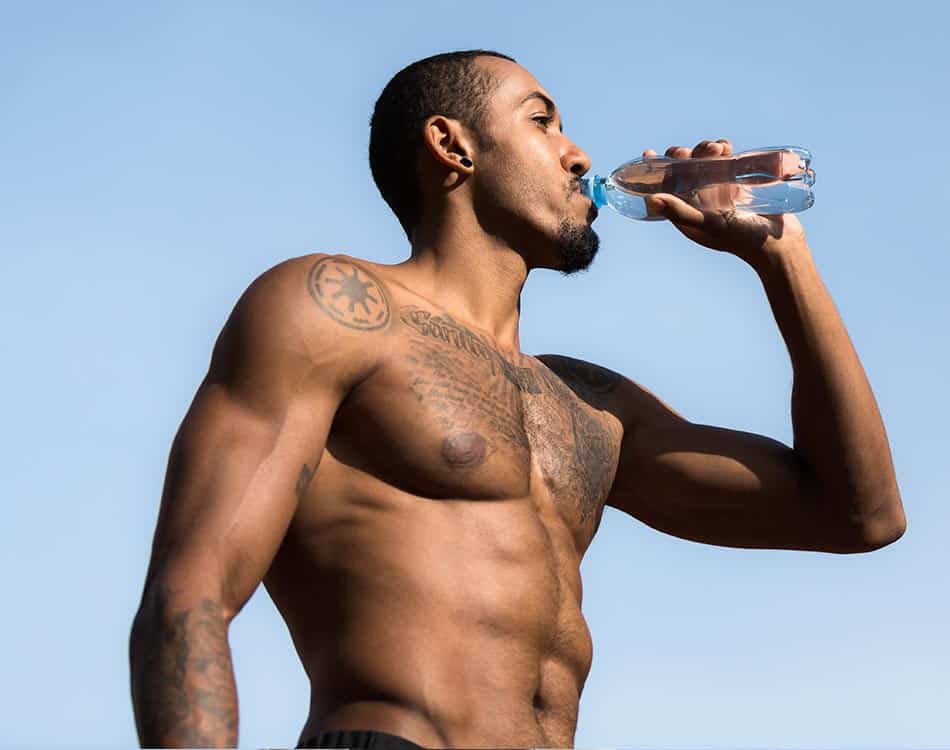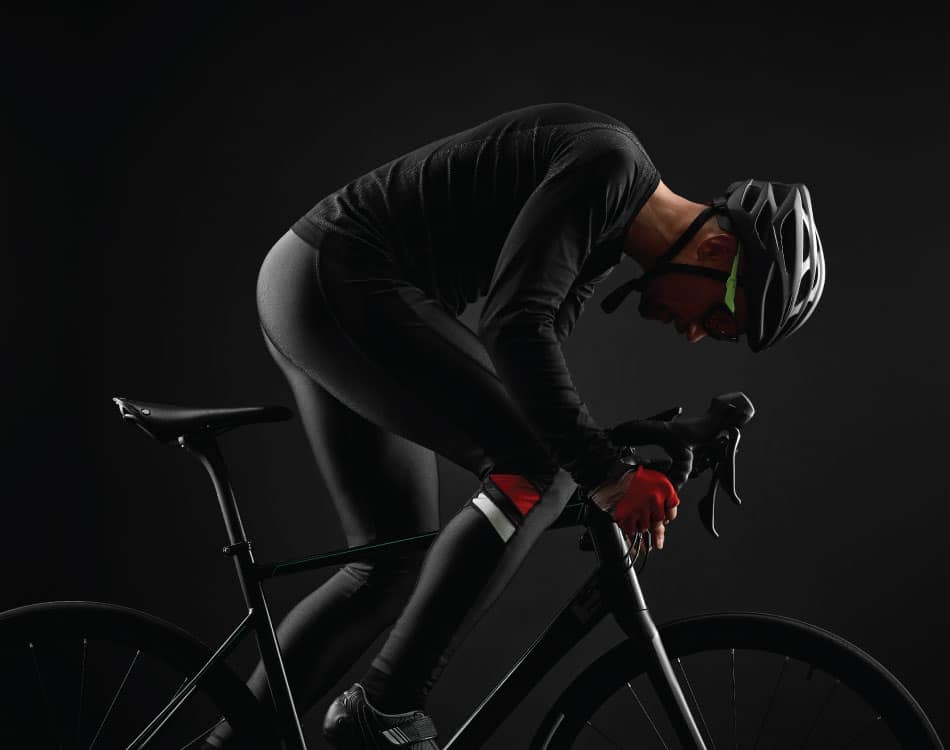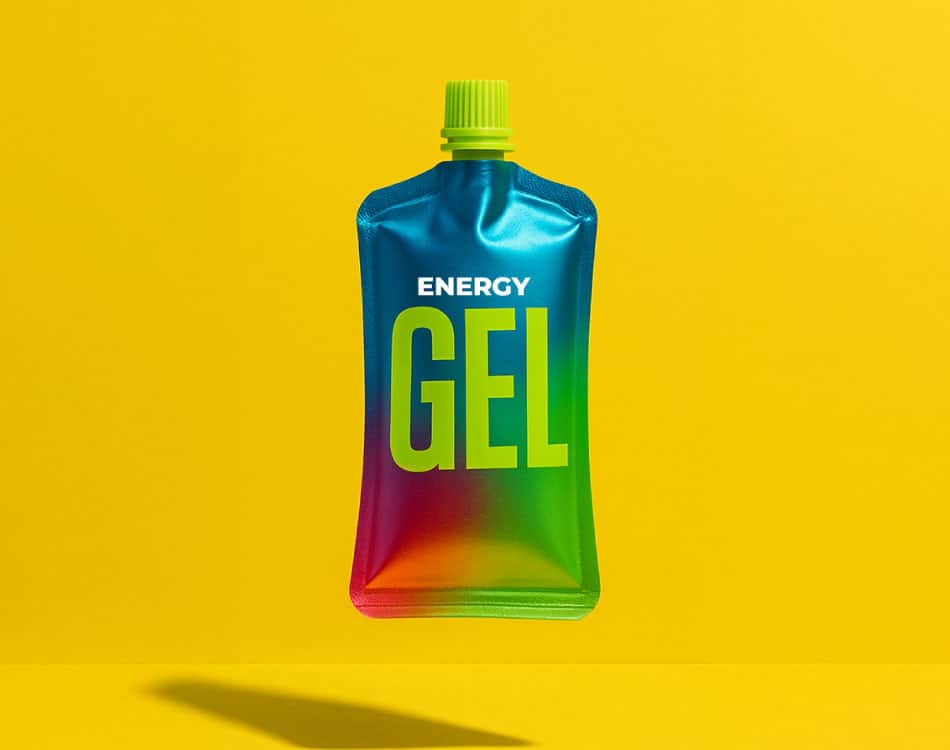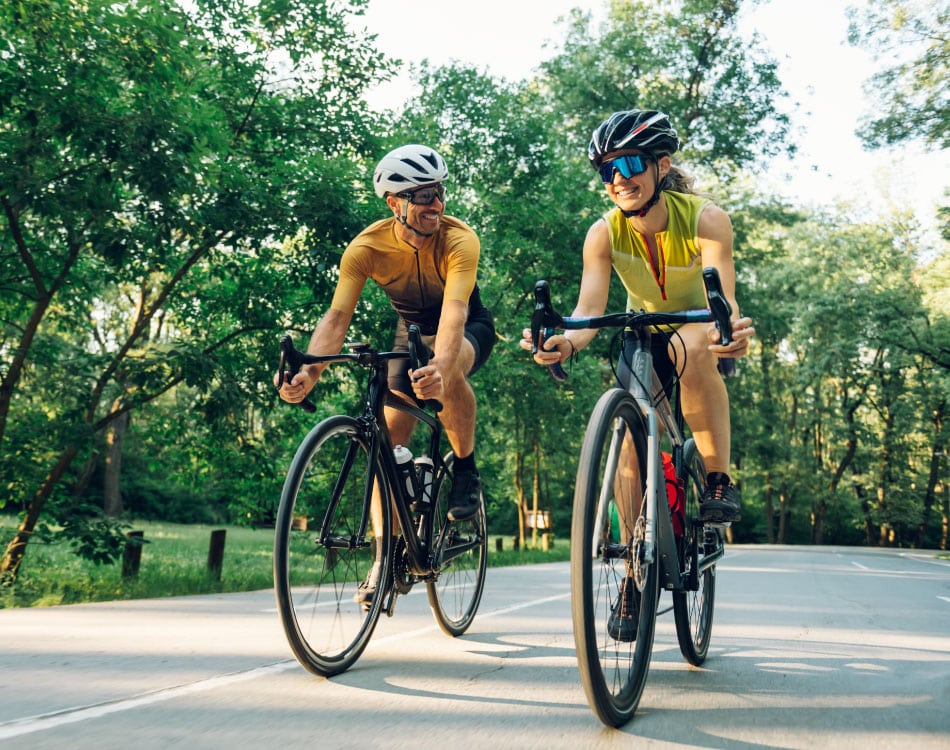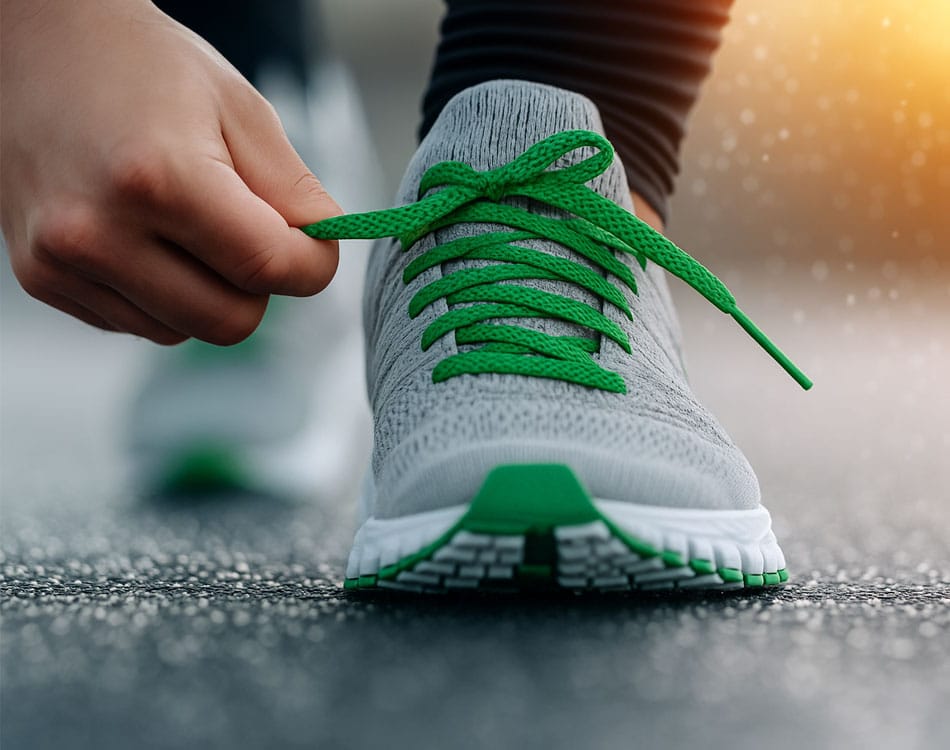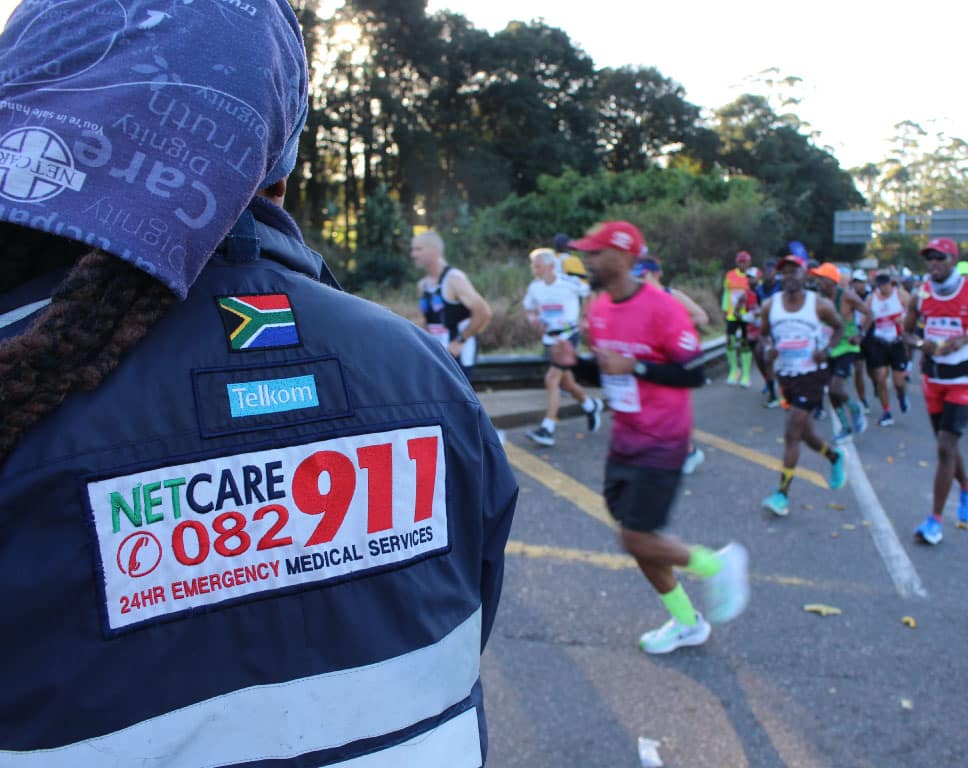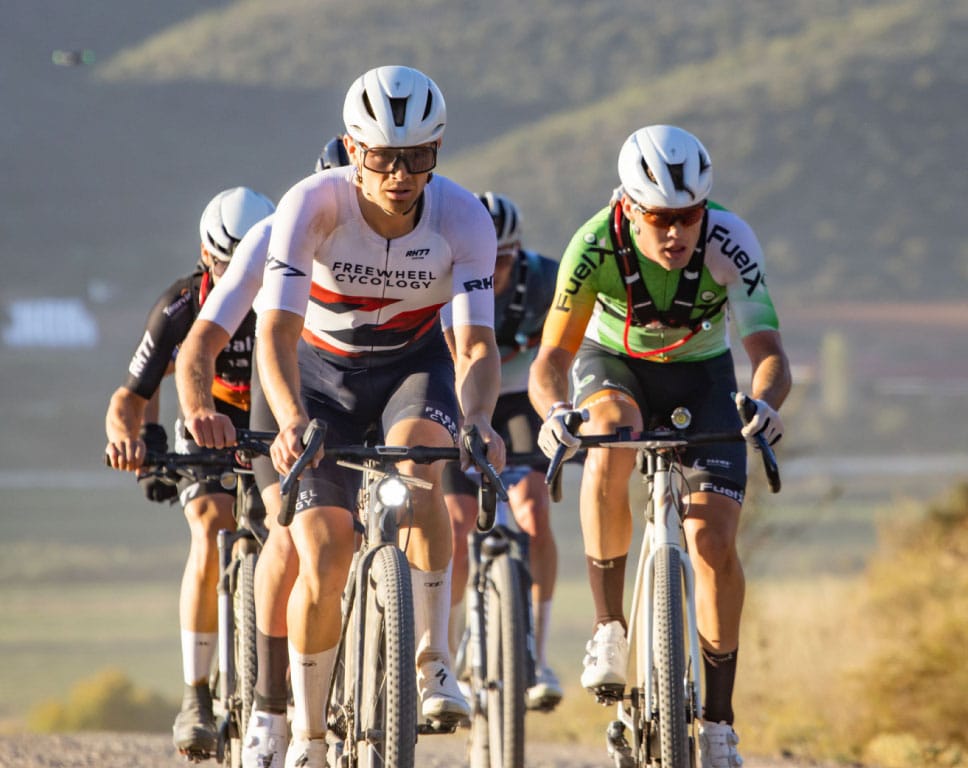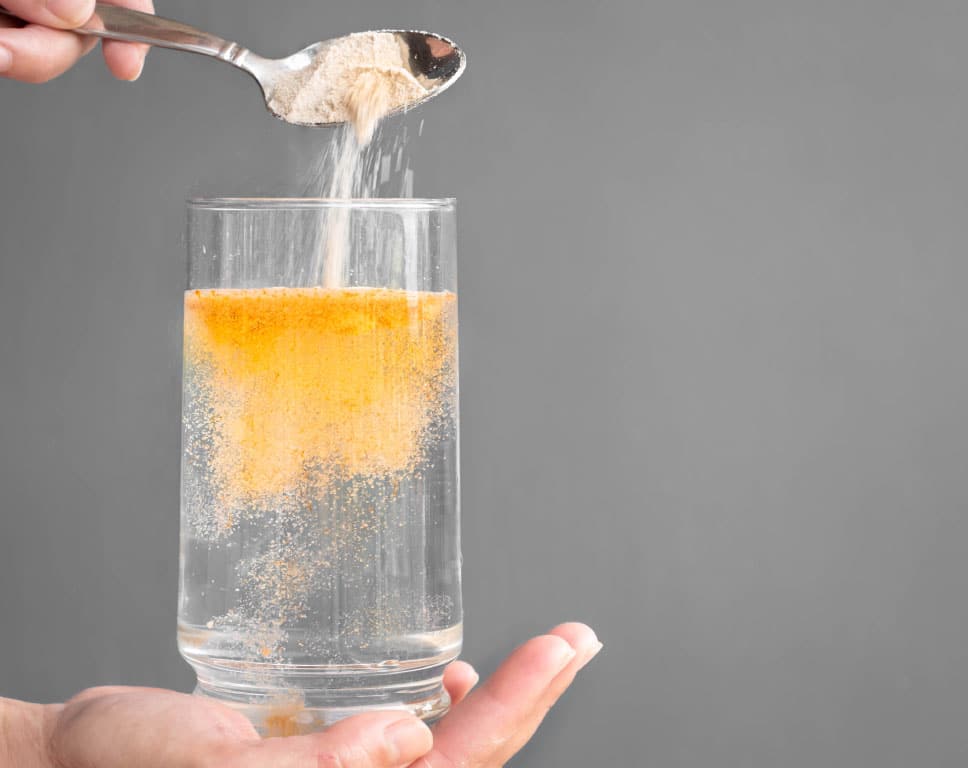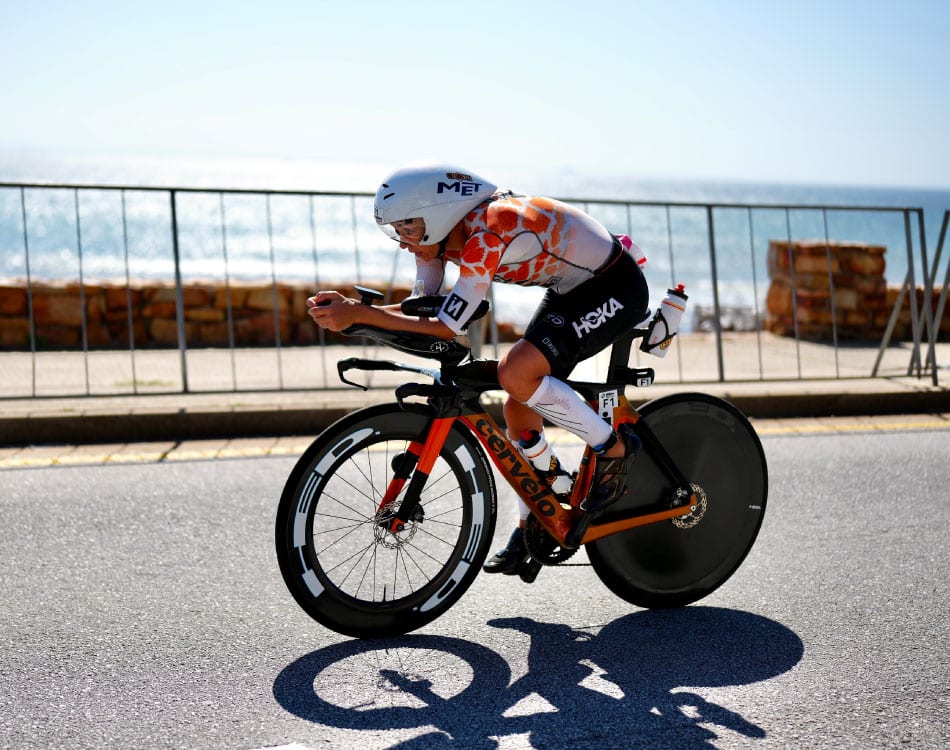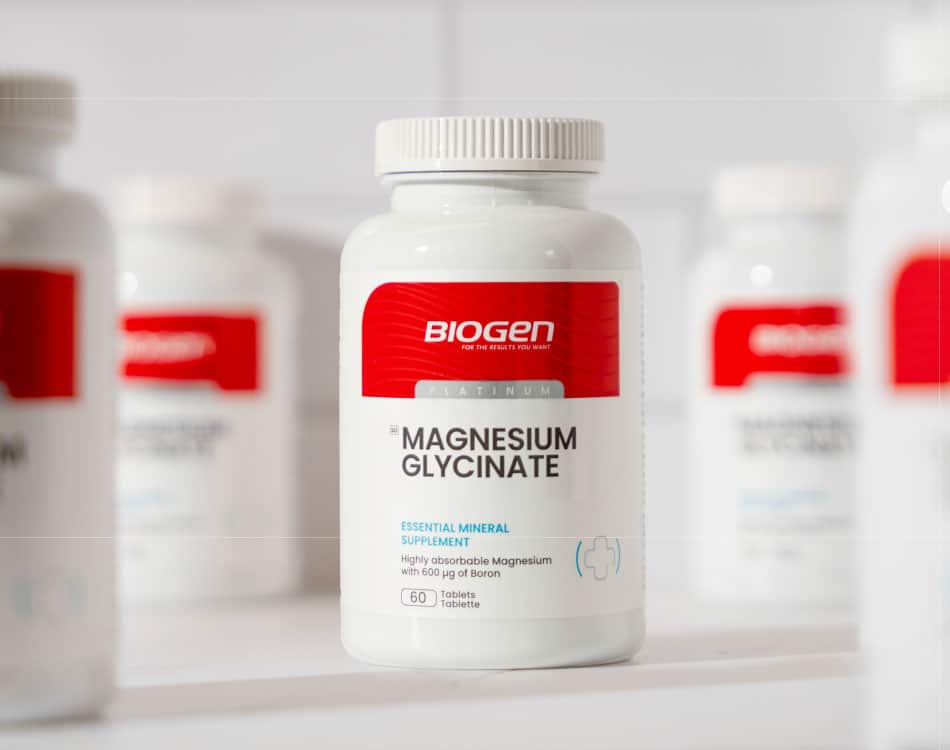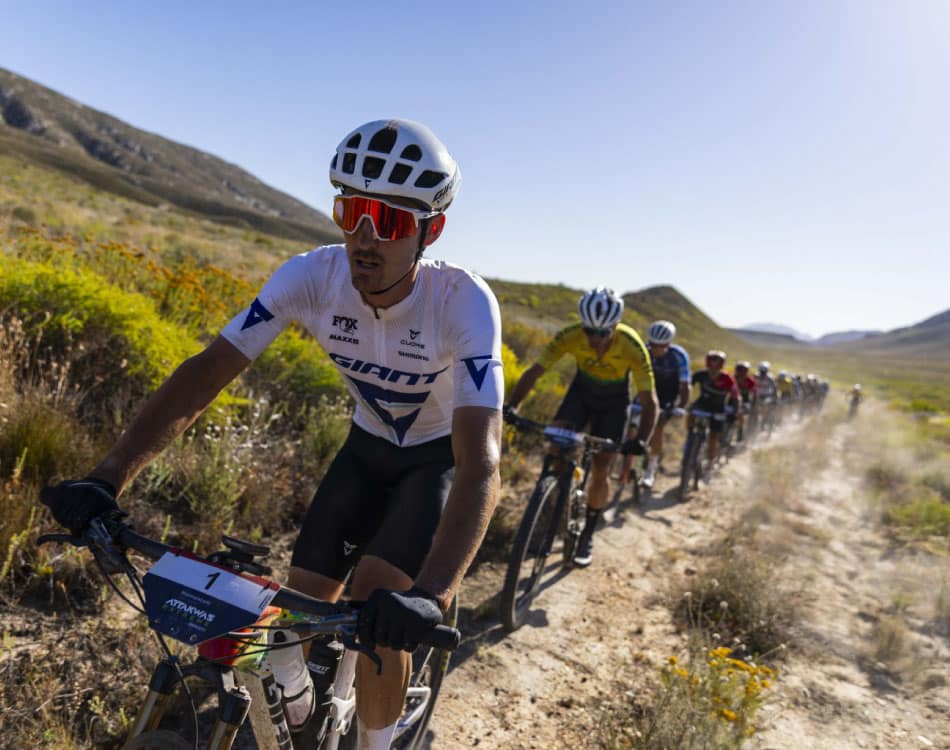Many endurance athletes fail to meet their hydration needs during training or racing because they incorrectly believe that simply drinking water is sufficient.
The problem is that water generally contains only trace amounts of important salts and minerals, including sodium, potassium, magnesium, calcium, chloride and phosphorus – collectively known as electrolytes.
Sparking biological processes
These minerals conduct electrical activity in our bodies when dissolved in water and facilitate important bodily functions, the most important of which is optimal fluid balance.
And the more we sweat, the more electrolytes we lose, which makes an electrolyte replacement supplement an essential requirement during prolonged exercise activities, especially ultra-endurance races, or after intense exercise or activities in hot and/or humid environments where we sweat profusely.
Mark Wolff, a co-founder of the 32Gi endurance supplement brand, explains that optimal hydration is about more than merely drinking sufficient water. It largely depends on our ability to absorb the fluid we consume during exercise.
“Water on its own has a low absorption rate, compared to water consumed with a mineral solution, which should ideally contain sodium and other electrolytes to have the most pronounced effect on hydration.”
Avoid a waterlogged gut
Wolff elaborates that proper hydration guidelines propose drinking around 80% of the fluid volume lost through sweating.
However, it is not uncommon for endurance athletes who stick to plain water and other electrolyte-deficient drinks to experience digestive discomfort because this fluid isn’t effectively absorbed in the gut.
“This tends to result is a ‘sloshing effect’ that can lead to digestive distress and, in severe cases, can result in a serious condition known as hyponatraemia or over-hydration. In these instances, athletes should consume salt or sugar to help ‘pull’ the fluid out of their digestive system.”
The other option is to maximise fluid absorption by taking small, frequent sips on a hypotonic or isotonic drink that contains a higher salt-to-carbohydrate concentration.
“These drinks have different absorption rates due to their ‘tonicity’. This relates to the osmotic effect that the liquid has in the body due to differences in the electrolyte concentration between the ingested fluid and the blood,” explains Wolff.
Hydration tonics
In this regard, sports and hydration drinks are basically classified as isotonic, hypotonic or hypertonic.
Isotonic sports drinks: Have a similar sugar and salt concentration to blood. These drinks provide a balance of energy and hydration. The solution is absorbed fairly well along with the carbohydrate-derived energy. An isotonic drink consists of a 6-8% carbohydrate portion in the solution and around 45-70mg of sodium.
Hypertonic sports drinks: Contain a higher carbohydrate-to-sodium concentration. This attribute makes hypertonic sports drinks ideal to provide energy, with added hydration benefits.
Hypotonic sports drink: These sports drinks contain a higher sodium concentration but are an inadequate energy source due to their low carbohydrate content.
As such, athletes who rely solely on water and hypertonic energy drinks could limit their fluid absorption rate, which can cause GI distress or result in over-hydration. As such, a combination of all three sources is usually best.
Beyond liquid sources
Athletes can also benefit by drinking a hypertonic drink while ingesting electrolytes in gel or tablet form between drinks. 32Gi’s Cramp Assalt gel, for instance, was developed to address this exact issue.
“It’s a hydration gel designed to maximise fluid absorption during exercise and contains an anti-cramp trigger,” explains Wolff.
In this regard, electrolytes play a central role in muscle contractions, which gave rise to the electrolyte theory of exercise-associated muscle cramps. This theory suggests that muscle cramps experienced during exercise occur when electrolyte concentrations decrease due to sweat loss or drinking too much water (which dilutes the blood and, therefore, lowers the concentration).
There is some evidence to suggest that up to 33% of cramp sufferers can find some degree of relief by ingesting electrolytes.
Outside of the sporting context, it is also important to maintain electrolyte at recommended levels for optimal health and bodily function.

